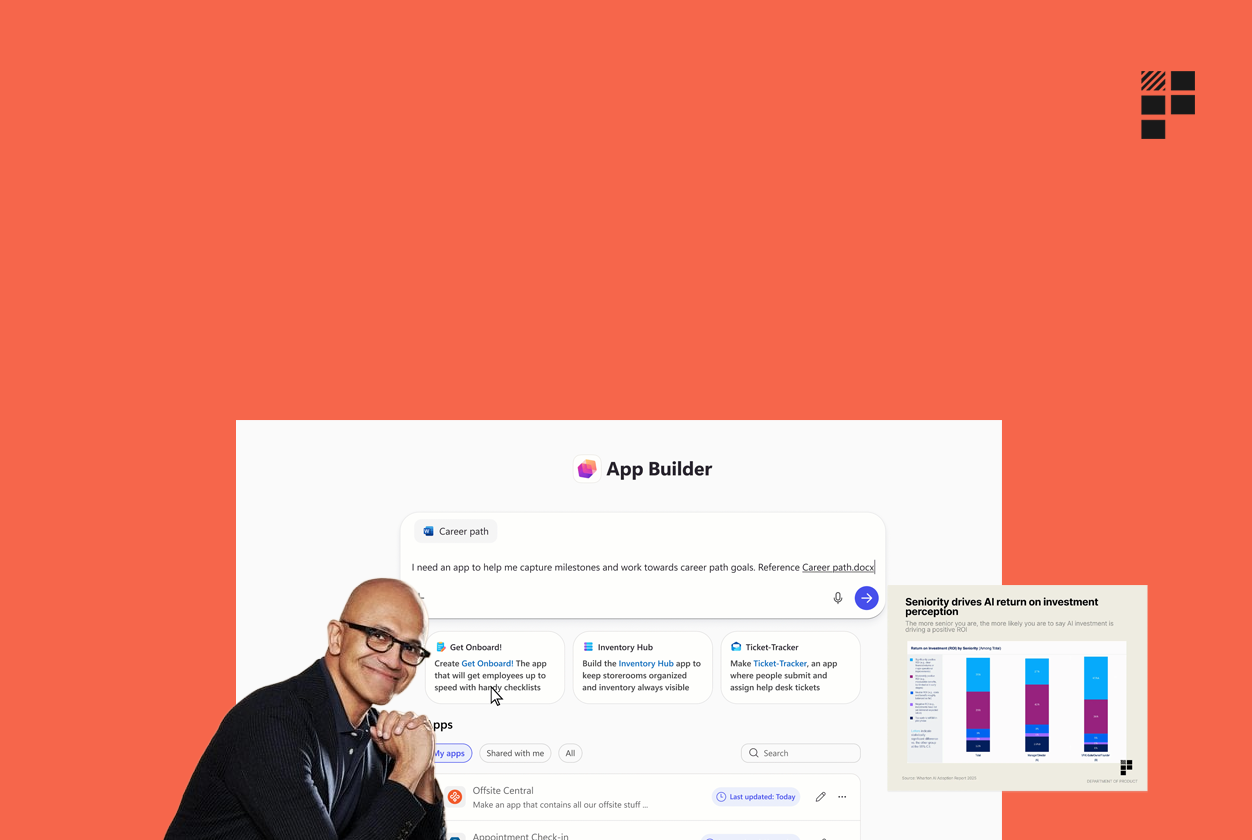Cursor introduces its coding model alongside multi-agent interface
PositiveArtificial Intelligence

Cursor has unveiled its new coding model along with a multi-agent interface, highlighting the importance of speed in programming. This development is significant as it aims to enhance the efficiency of coding processes, making it easier for developers to create and manage their projects.
— Curated by the World Pulse Now AI Editorial System





